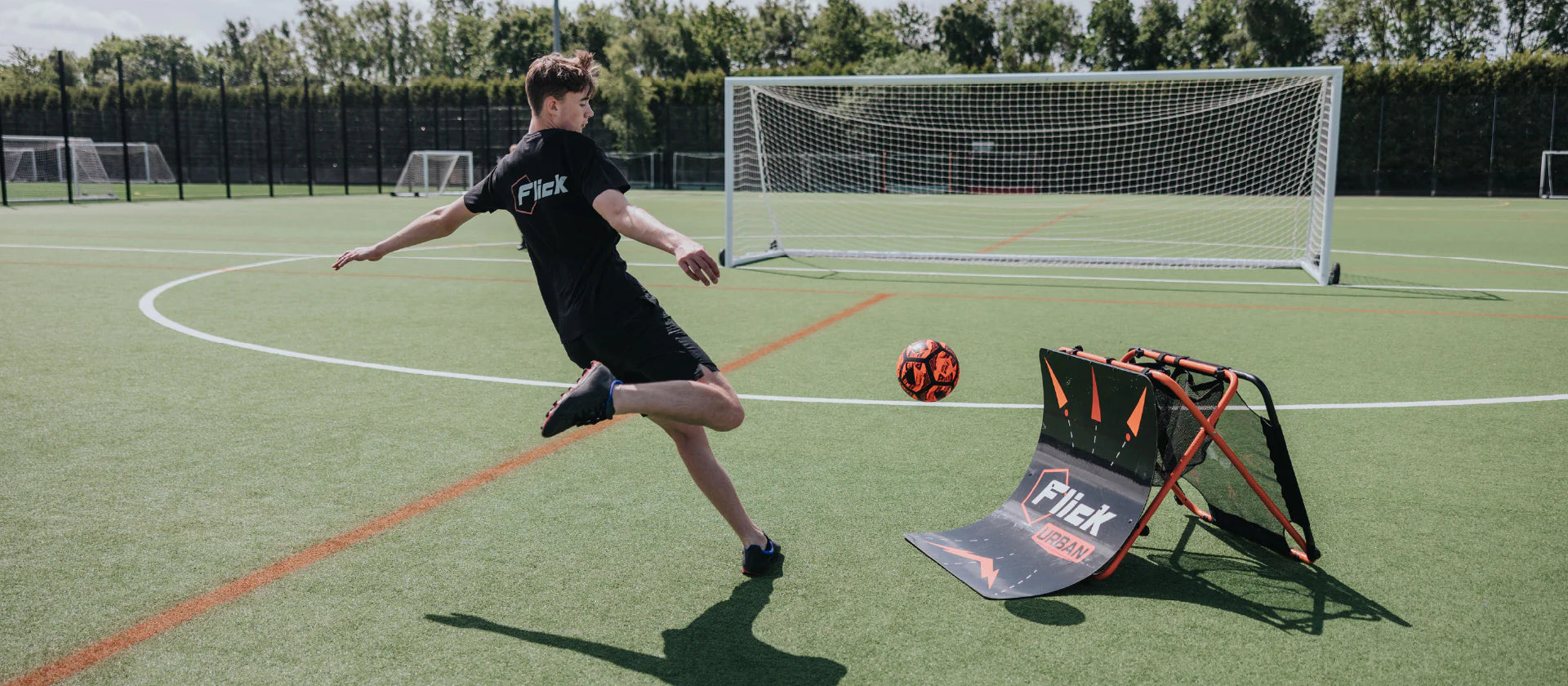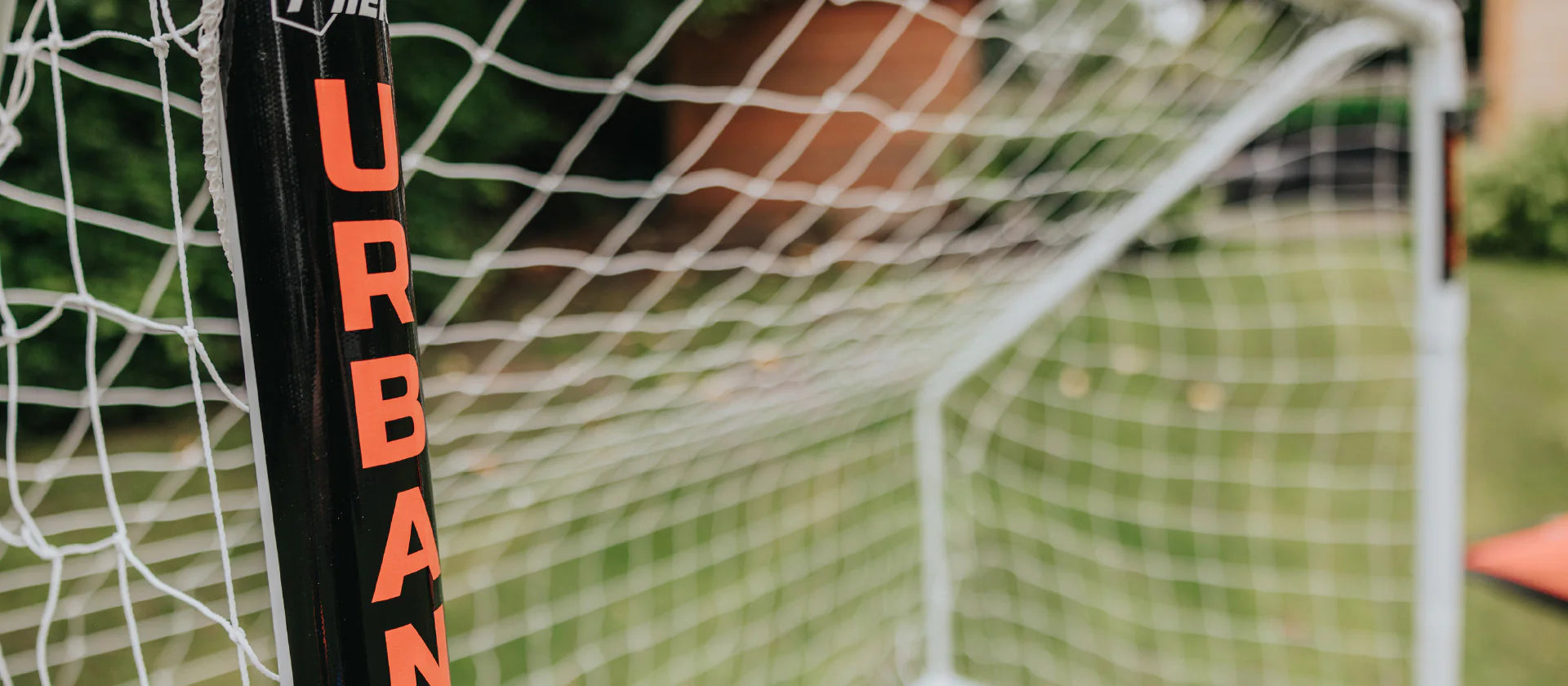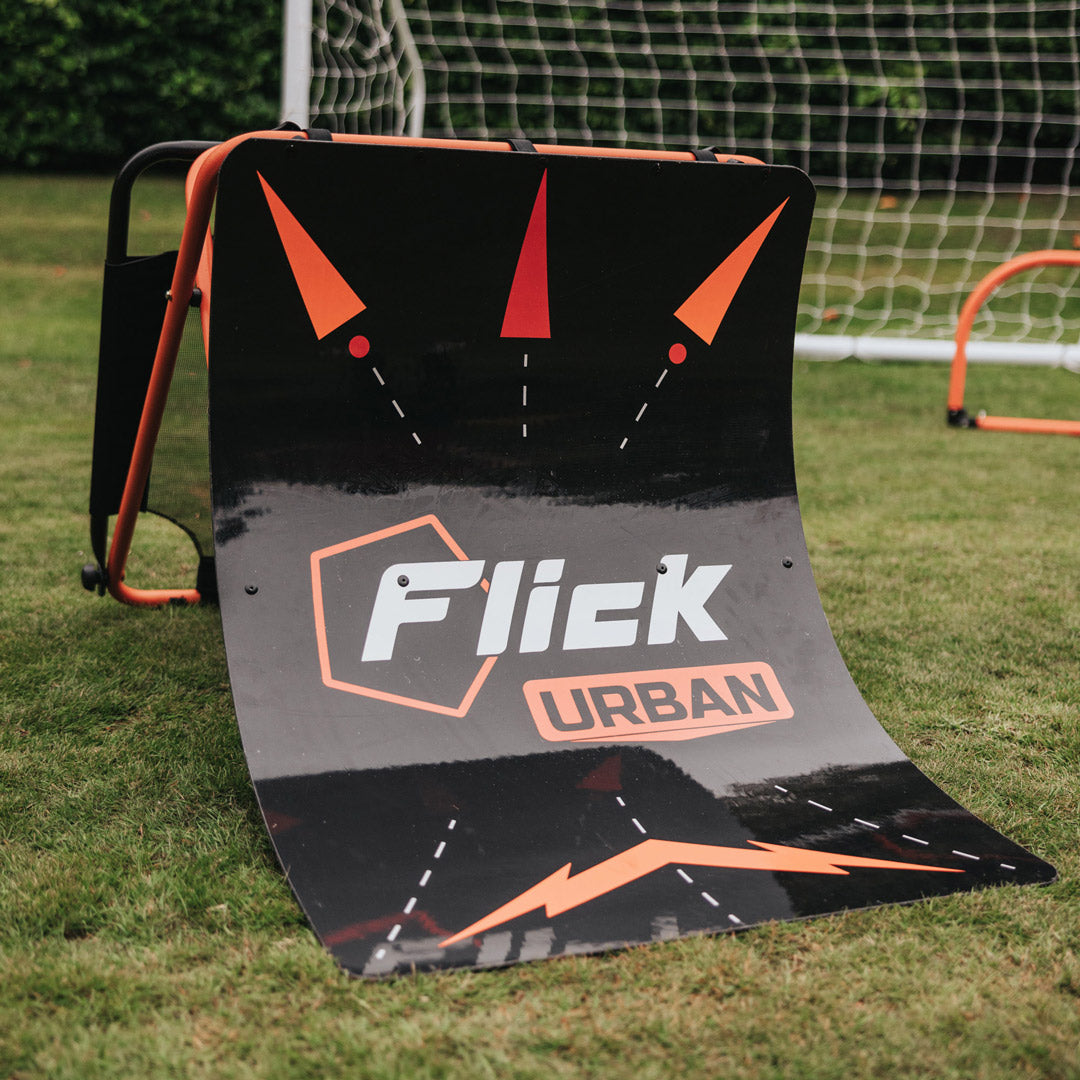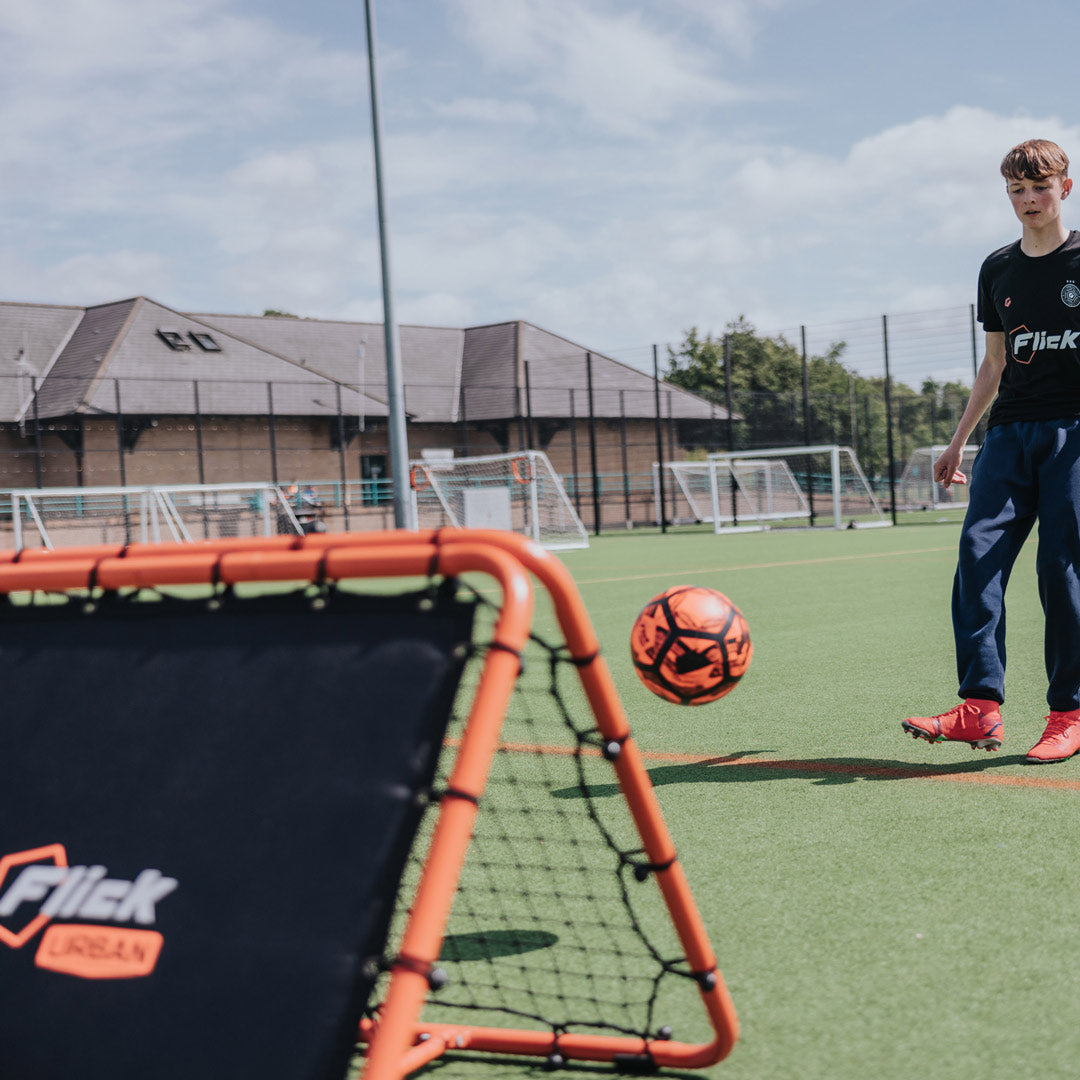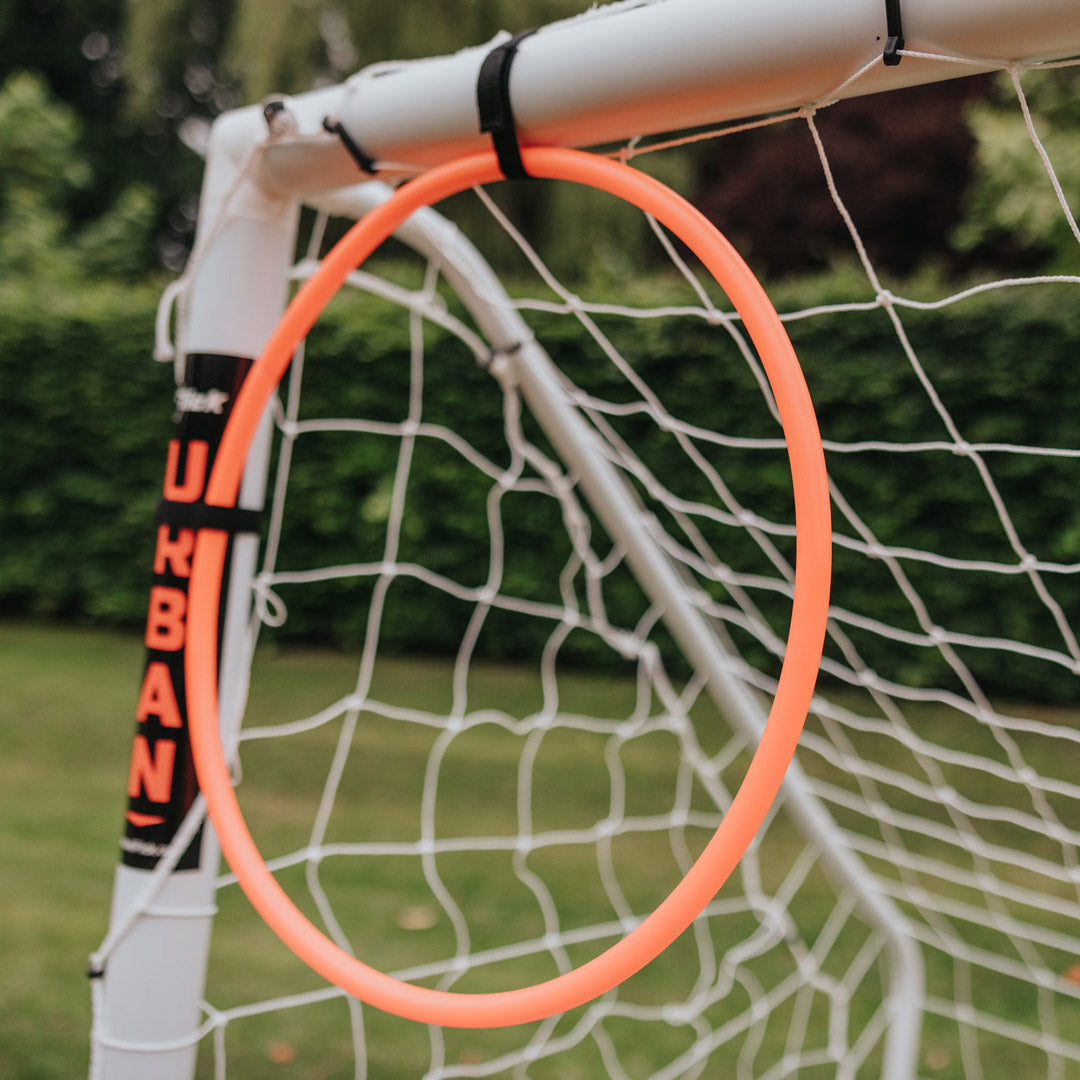In the world of football, few sights are as mesmerizing as watching a perfectly curved free-kick find its way into the back of the net or witnessing a bending shot leave defenders helpless. Curving the ball, also known as adding swerve or bend, is a skill that can elevate your game to new heights. Today, we'll explore the techniques and strategies needed to master this art and become a maestro of the curve.
1. Inside Curve (In-Swerve):
• Foot Placement: For an inside curve, position the ball slightly to the outside of your body.
• Point of Contact: Aim to strike the ball with the inside of your foot, just beside the big toe. This ensures that you make contact with the outer part of the ball.
• Foot Angle: Keep your ankle locked and your toes pointed slightly downward to maximize surface area contact with the ball.
• Follow Through: After striking the ball, follow through across your body with your kicking foot to generate spin and direct the ball towards the desired target.
2. Outside Curve (Out-Swerve):
• Foot Placement: Place the ball slightly to the inside of your body for an outside curve.
• Point of Contact: Strike the ball with the area just outside the big toe, using the instep or the outer side of your foot.
• Foot Angle: Angle your foot slightly inward and wrap it around the ball to impart a spinning motion in the opposite direction of the curve.
• Follow Through: Follow through with your kicking foot towards the target, allowing your foot to naturally open up as you strike the ball to maximize spin and accuracy.
3. Body Positioning:
• Alignment: Position your body correctly in relation to the ball and the target. For an inside curve, open up your hips slightly towards the target. For an outside curve, angle your hips away from the target.
• Balance: Maintain balance throughout the striking motion by keeping your body upright and your non-kicking foot planted firmly on the ground.
• Head Position: Keep your head down and eyes focused on the ball throughout the striking process to ensure clean contact and accuracy.
4. Generating Power:
• Leg Swing: Generate power from your kicking leg by swinging it in a controlled motion towards the ball. The power comes from the momentum generated by the swinging motion.
• Weight Transfer: Shift your weight onto your non-kicking foot as you prepare to strike the ball, then transfer your weight onto your kicking foot as you follow through.
5. Practice Drills:
• Stationary Practice: Start by practising stationary shots to focus on technique and point of contact. Experiment with different foot placements and angles to achieve the desired curve.
• Moving Practice: Progress to practising shots while moving towards the ball. This simulates real-game situations and helps improve your ability to curve the ball under pressure.
• Target Practice: Set up targets such as cones or markers to aim for. This adds an element of precision to your practice sessions and helps gauge your progress over time.
6. Mental Focus and Visualization:
• Visualize Success: Before taking a shot, visualize the trajectory and direction of the curve. Picture the ball bending perfectly towards your intended target.
• Confidence: Believe in your ability to execute the shot with precision and accuracy. Confidence plays a crucial role in your performance on the field.
7. Analyze and Adjust:
• Feedback: Seek feedback from coaches or teammates to identify areas for improvement. Pay attention to the flight of the ball and adjust your technique accordingly.
• Adaptation: Be adaptable in different game situations. Recognize when to use a curve and when to opt for a different type of shot based on the positioning of defenders and the goalkeeper.
By incorporating these detailed techniques and strategies into your practice routine, you can enhance your ability to strike the ball with precision and achieve the desired curve or bend in football. Remember, consistency and dedication are key to mastering this skill, so keep practising and refining your technique to become a true maestro of the curve on the pitch.
1. Inside Curve (In-Swerve):
• Foot Placement: For an inside curve, position the ball slightly to the outside of your body.
• Point of Contact: Aim to strike the ball with the inside of your foot, just beside the big toe. This ensures that you make contact with the outer part of the ball.
• Foot Angle: Keep your ankle locked and your toes pointed slightly downward to maximize surface area contact with the ball.
• Follow Through: After striking the ball, follow through across your body with your kicking foot to generate spin and direct the ball towards the desired target.
2. Outside Curve (Out-Swerve):
• Foot Placement: Place the ball slightly to the inside of your body for an outside curve.
• Point of Contact: Strike the ball with the area just outside the big toe, using the instep or the outer side of your foot.
• Foot Angle: Angle your foot slightly inward and wrap it around the ball to impart a spinning motion in the opposite direction of the curve.
• Follow Through: Follow through with your kicking foot towards the target, allowing your foot to naturally open up as you strike the ball to maximize spin and accuracy.
3. Body Positioning:
• Alignment: Position your body correctly in relation to the ball and the target. For an inside curve, open up your hips slightly towards the target. For an outside curve, angle your hips away from the target.
• Balance: Maintain balance throughout the striking motion by keeping your body upright and your non-kicking foot planted firmly on the ground.
• Head Position: Keep your head down and eyes focused on the ball throughout the striking process to ensure clean contact and accuracy.
4. Generating Power:
• Leg Swing: Generate power from your kicking leg by swinging it in a controlled motion towards the ball. The power comes from the momentum generated by the swinging motion.
• Weight Transfer: Shift your weight onto your non-kicking foot as you prepare to strike the ball, then transfer your weight onto your kicking foot as you follow through.
5. Practice Drills:
• Stationary Practice: Start by practising stationary shots to focus on technique and point of contact. Experiment with different foot placements and angles to achieve the desired curve.
• Moving Practice: Progress to practising shots while moving towards the ball. This simulates real-game situations and helps improve your ability to curve the ball under pressure.
• Target Practice: Set up targets such as cones or markers to aim for. This adds an element of precision to your practice sessions and helps gauge your progress over time.
6. Mental Focus and Visualization:
• Visualize Success: Before taking a shot, visualize the trajectory and direction of the curve. Picture the ball bending perfectly towards your intended target.
• Confidence: Believe in your ability to execute the shot with precision and accuracy. Confidence plays a crucial role in your performance on the field.
7. Analyze and Adjust:
• Feedback: Seek feedback from coaches or teammates to identify areas for improvement. Pay attention to the flight of the ball and adjust your technique accordingly.
• Adaptation: Be adaptable in different game situations. Recognize when to use a curve and when to opt for a different type of shot based on the positioning of defenders and the goalkeeper.
By incorporating these detailed techniques and strategies into your practice routine, you can enhance your ability to strike the ball with precision and achieve the desired curve or bend in football. Remember, consistency and dedication are key to mastering this skill, so keep practising and refining your technique to become a true maestro of the curve on the pitch.
